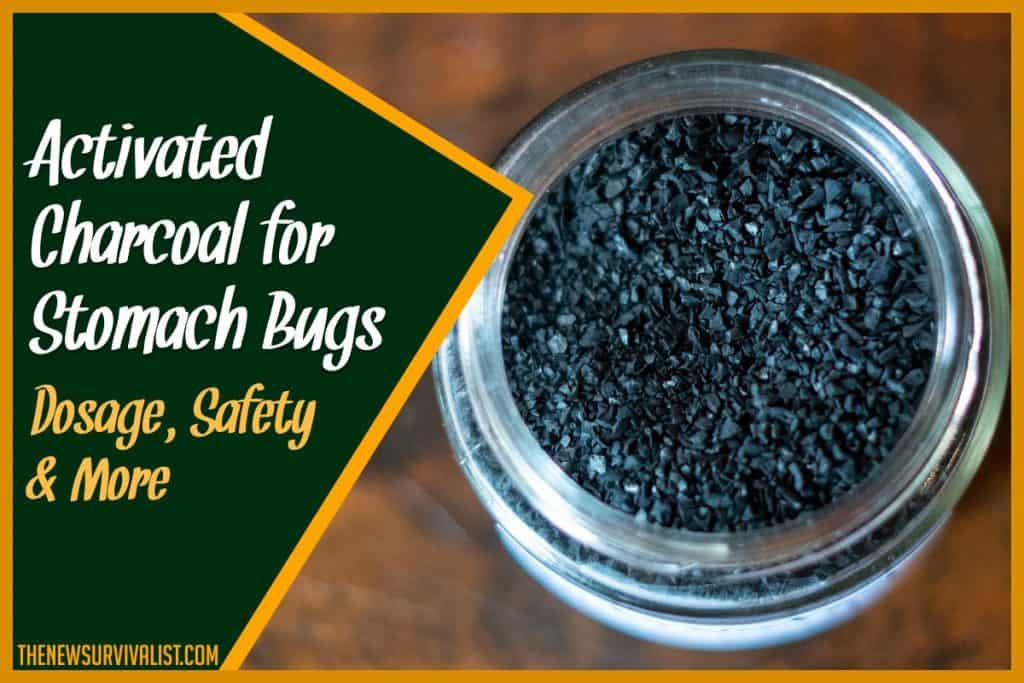Activated charcoal is available in tablets, capsules, pellets, powder, and suspension. It is mainly used as an antidote for ingested poison and drugs. Currently, it is also being used off label to treat bloating, diarrhea, and stomach bugs.
There is still no concrete evidence on the use of activated charcoal for stomach bugs (norovirus) and bacterial diarrhea. However, the risk is insignificant compared to the perceived benefit. The common dosage for stomach bugs, bloating, and diarrhea is 1g every 4-5 hours for adults until symptoms stop. This usually takes around 1 to 2 days but can take longer in some cases.
What is Activated Charcoal?
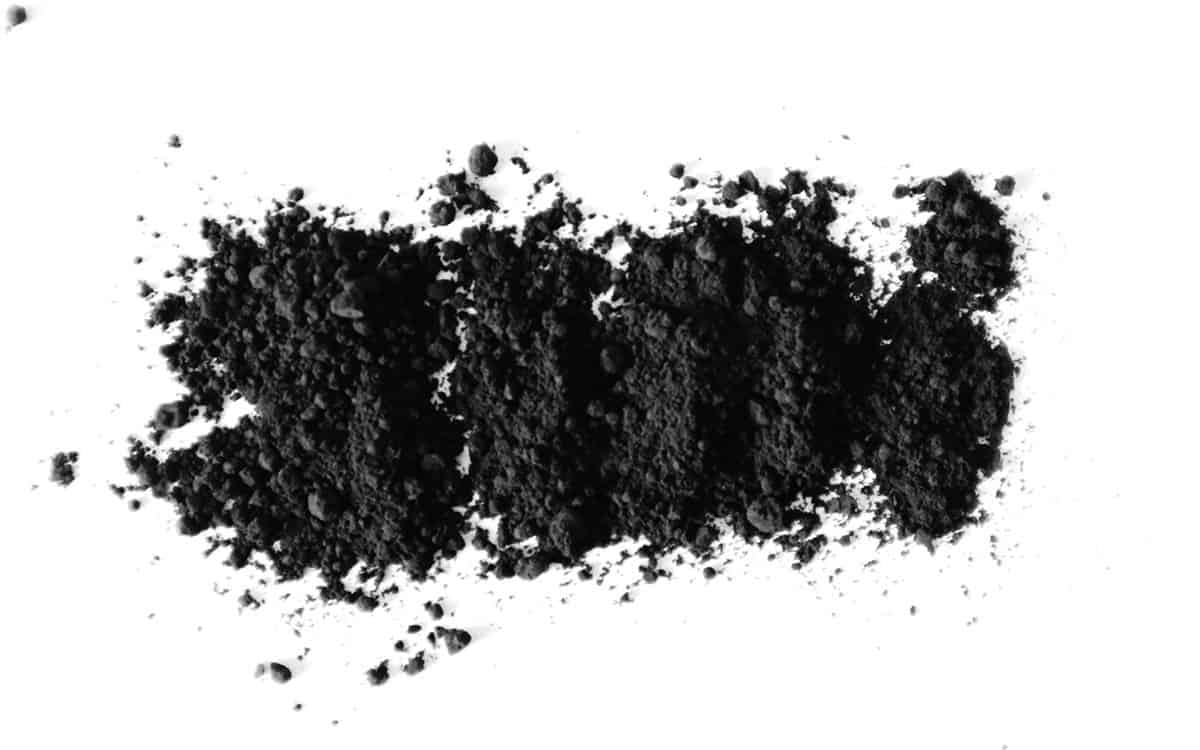
Activated charcoal which is also known as activated carbon is finely ground carbon or tablet that is processed to have a network of pores, resulting in a larger surface area that has a high affinity for various substances.
It functions like a magnet, attracting gas, compounds, electrolytes, and other molecules to stick on its surface. This process is called adsorption and is completely different from absorption.
In absorption, the substances are accumulated within the absorbent material, compared with adsorption where the substance only sticks on the surface of carbon particles. This means that the substances stuck on activated charcoal can be dislodged (desorption) by other substances.
What are Stomach Bugs?
Stomach bugs are viruses and microorganisms that cause nausea, vomiting, diarrhea, and gastroenteritis. Viruses cause these symptoms by invading the stomach lining. Most bacteria on the other hand produce toxins that are irritants to the gastrointestinal tract.
How Does Activated Charcoal Work?
In theory, ingesting activated carbon can adsorb the offending virus (norovirus), keeping it away from the intestinal walls, and facilitates faster elimination through the stool. Since it keeps the virus away from the stomach lining, it can also help relieve vomiting, which is the body’s response to try and eliminate the virus.
Aside from treating stomach flu, it can also be used to treat Traveler’s diarrhea (TD). TD is commonly caused by Enterotoxigenic Escherichia coli (ETEC) which produces enterotoxins. By ingesting activated charcoal, the enterotoxin is adsorbed and eliminated faster in the stool.
Besides, it can potentially reduce bloating by adsorbing gas. It can also help in managing diarrhea by creating bulk, and adsorbing the irritable substances causing it.
Poison and Drug Overdose
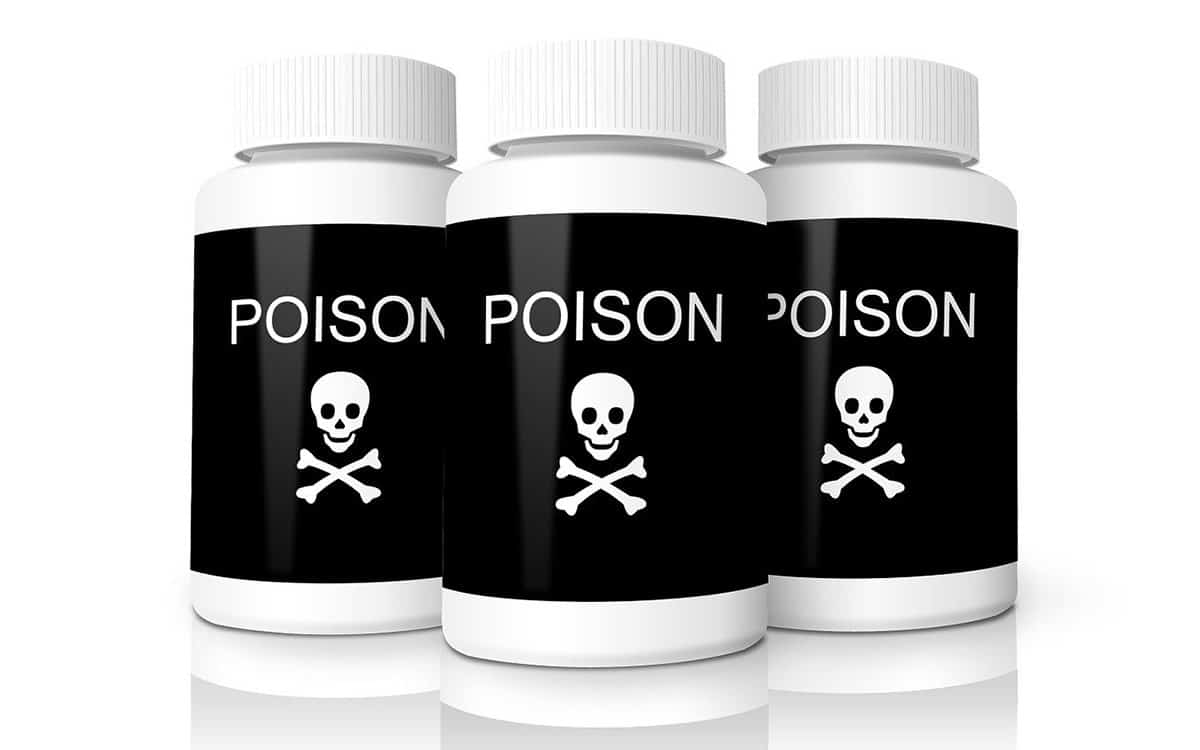
Activated charcoal’s approved use is as an antidote for poison ingestion and drug overdose. When activated charcoal enters the body, it binds to drugs and toxins, allowing the body to expel undesired pollutants. Below are the dosage and guidelines on how to properly use it.
- 10g per 1g of drug single dose taken immediately.
- If the amount of poison and drug is unknown, it can be given at 1g/kg body weight as a single dose.
- The minimum effective dose is 25g.
- It can also be given at 25g to 50g every 4 to 6 hours.
Do not give activated charcoal in cases where the ingested poison is corrosive, or if the airway is unprotected as seen in people with altered mental status. Activated charcoal will not help eliminate a corrosive substance and can do more harm. Other contraindications are:
- Cyanide poisoning
- Caustic alkali ingestion
- Organic solvents
- Iron poisoning
- Ethanol and methanol poisoning
- Lithium
- Methionine
- In cases of constipation, and possible intestinal obstruction
- Anatomically broken gastrointestinal (GI) tract
- Intestinal bleeding or GI tract perforation
Side Effects
Activated charcoal is not absorbed by the body, so there is no risk of a systemic effect. It can however cause constipation and black colored stool.
In rare occasions, it can cause a sluggish intestinal movement which results in intestinal obstruction and can also lead to backflow and regurgitation into the lungs.
Tips and Other Precautions
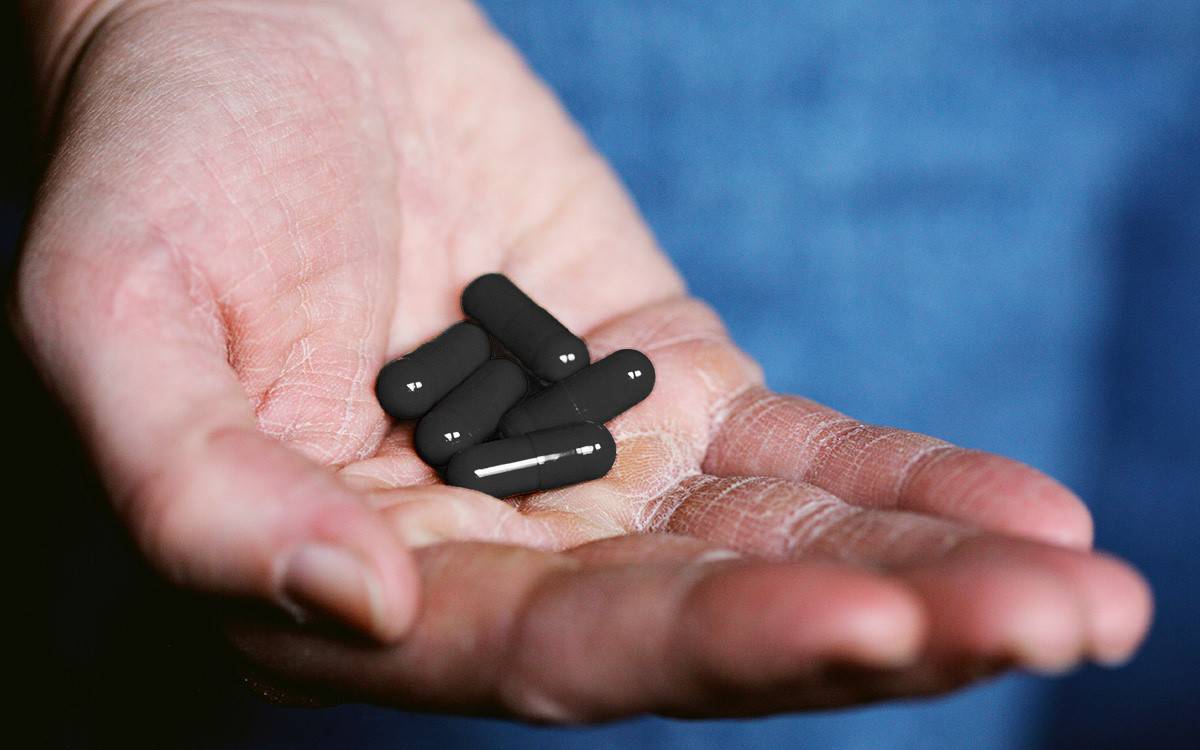
Taking activated charcoal in tablet, capsule, and suspension preparation is straight forward just swallowing it with a little bit of water. For powder, it needs to be mixed with some water to prevent accidental inhalation.
Since activated charcoal will adsorb almost anything, it should not be taken together with other medications as it will result in poor absorption and reduced effect of the drug. It shouldn’t also be taken with other forms of liquid aside from plain water when used as an antidote.
When taken in large amounts, drink more water to prevent constipation.
Common Misconceptions
There’s a common misconception that activated charcoal can reduce swelling of the GI tract. This is only partially true. If the swelling is caused by a toxin, bacteria, or a virus that is on the surface of the lining of the GI tract, then activated charcoal will work.
However, if the swelling is due to a systemic disease, as seen in inflammatory bowel diseases, or a protozoal infection that resides inside the cells of the GI tract, then activated charcoal will have no effect. This is because activated charcoal is not absorbed, and will only work inside the lumen (channel within a tube) of the GI tract.
Activated Charcoal vs. Regular Charcoal vs. Charcoal Briquettes
The main difference between the three is that activated charcoal is made to have an extremely large surface area. This is achieved by passing oxidizing gas at the carbon particles at a high temperature or using activating agents to create fine pores that expand the particles.
Activated charcoal is also manufactured to be safe for human ingestion. Regular charcoal, made from wood can also be ingested. However, it is less effective than activated charcoal, and a larger amount is needed to experience the desired effect. The large dosage needed increases the risk of constipation and intestinal obstruction.
On the other hand, charcoal briquettes should never be ingested since it’s made with added materials and chemicals that are toxic.
How to Make Activated Charcoal at Home
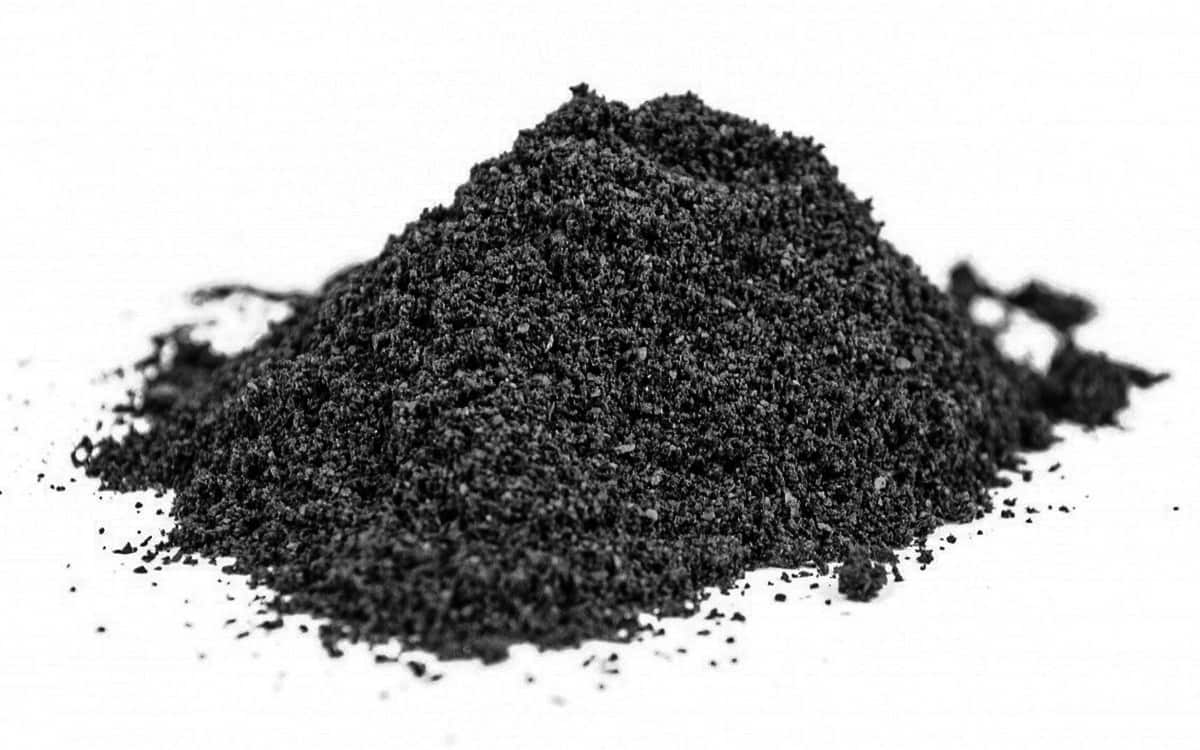
When SHTF, preppers can make their own activated charcoal for various uses. This is a simple process that involves little to no training. Prepping the required chemicals should be included in a prepper’s stockpile since these are generally shelf-stable ingredients.
Materials needed:
- Charcoal
- Calcium chloride
- Stainless steel bowl
- Glass jar with a lid. Do not use any material made from aluminum or other reactive materials.
- Weighing scale
- Kitchen mittens
- Coffee filters
- Cheesecloth
- Stainless strainer
Step 1: Gather or make your own charcoal and wash them to remove ash and other debris. Let it dry completely under the sun or in the oven at a low temperature.
Step 2: Crush the charcoal with a mortar and pestle, or place it inside a Ziplock bag before crushing it with a rolling pin. Make sure to crush it entirely into a powder form.
Step 3: Prepare a 25% calcium chloride solution. Fill the jar with 300ml water, and then add 100ml of calcium chloride. Caution: This solution will produce heat, and the jar will get hot. Partially cover the jar when not in use.
Step 4: In a mixing bowl, transfer the powdered charcoal and pour in some calcium chloride solution little by little until a spreadable paste is formed. Let this paste dry in the bowl for a day or more.
Step 5: Transfer the dried mixture into a cheesecloth laid over a stainless strainer. It is important that the cloth is clean, with no detergent residue, and is unscented. Wash the powder under slow running water. Further, catch the running water with a coffee filter, this water still has some activated charcoal.
Step 6: Spread the contents on a non-aluminum baking sheet and bake in a preheated oven at 250o F for 30 minutes or until completely dry.
Step 7: Let it cool, break it apart, and store it in an airtight container.
Other Survival Uses of Activated Charcoal
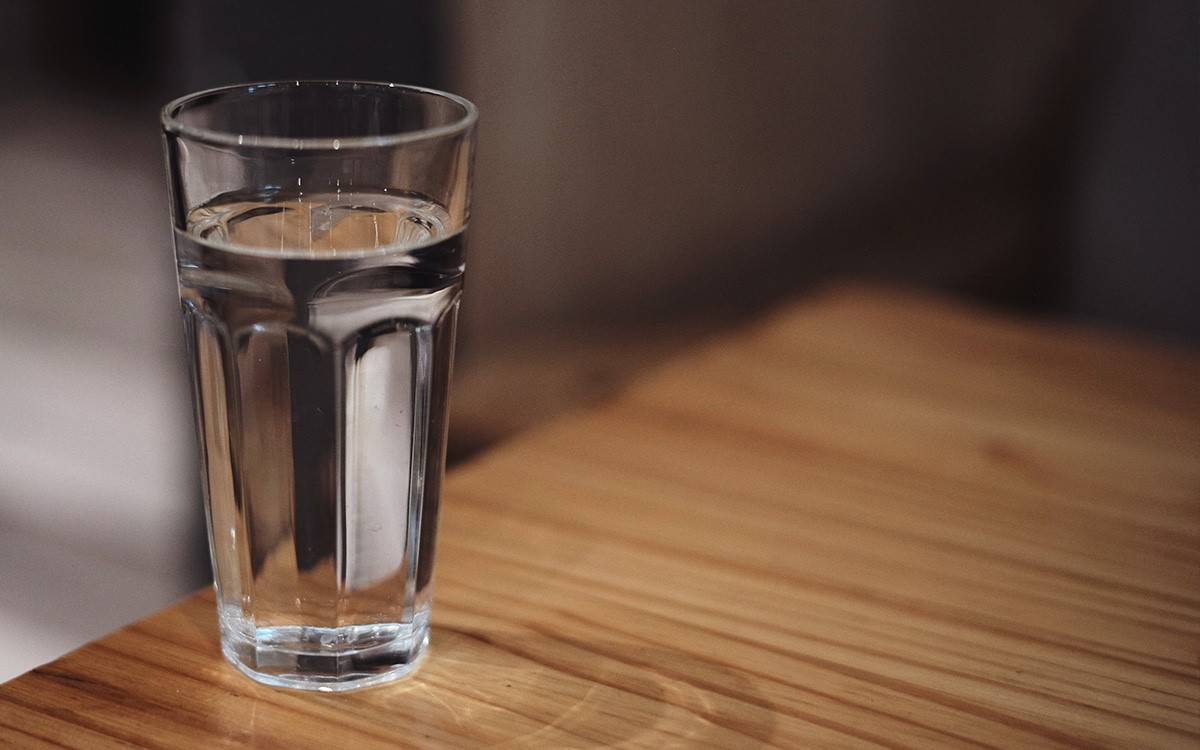
- Emergency water filter
- Filter for an emergency gas mask
- Activated charcoal poultice for insect bites, stings, and minor skin irritation
Having activated charcoal for stomach bugs, and other uses will greatly increase the survival rate especially in SHTF situations. Excessive loss of fluid through diarrhea can be potentially life-ending. When no available antibiotics are on hand, activated charcoal is an attractive alternative.

